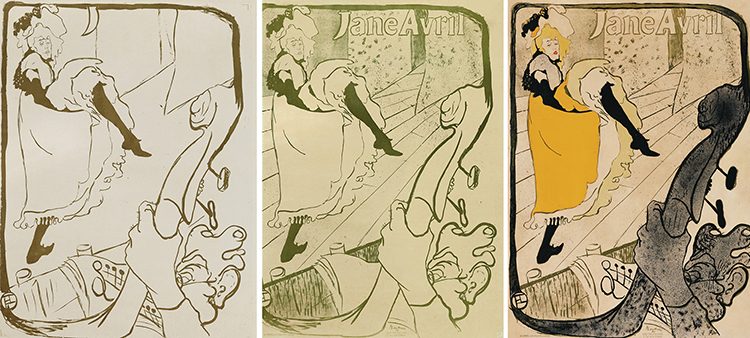In this series, Manager of Visitor and Family Engagement Emily Bray highlights participants in This Is My Day Job: The 2018 James McLaughlin Memorial Staff Show, on view through September 30, 2018.

Gaze by Justin Baun
Tell us about yourself.
There was never a time in my young life where I wasn’t drawing or making things. I would express myself artistically from a very young age. Today, at 24 years old, I still push myself to express my perceptions through the arts. I am currently living in the proverbial Anytown, USA known as Westminster, Maryland. Living in suburbia has only expanded my impulse to capture the beauty in simple things. These passions come from my need to expand my perspective and allow me to express myself to the fullest extent.
Photography has always been a natural practice for me. I’ve been taking pictures since my earliest memories. I love capturing images on digital and film cameras and love to experiment with the photography process. Playing with light, movement, and balance, I express my perceptions as best I can through the lens.
I attended Carroll Community College and graduated with an Associates of Applied Arts in Graphic Design. As an aspiring designer, I strive to distill complex concepts into simple forms of communication. The same principles apply to my photography as well.
What do you do at The Phillips Collection? Are there any unique or interesting parts about your job that most people might not know about?
I’m a Museum Assistant. Our job is to guard the art and engage visitors in a dialogue about the art when asked. I think the most interesting part of the job is the exposure to the art for such large periods of time. Standing next to a Mattise for eight hours at a time really allows you to analyze and understand it on an intimate level.

Justin Baun
Who is your favorite artist in the collection?
Stuart Davis, Edward Hopper, Alexander Calder, Anni Albers, Alex Katz, and Alfred Stieglitz
What is your favorite space within The Phillips Collection?
The bedroom galleries in the House are really cozy and are a wonderfully intimate space to view the art.
What would you like people to know about your artwork on view in the 2018 Staff Show (or your work in general)?
Gaze was shot with a Fujifilm X-T1 late last summer. To me, the image brings a glimpse of hope and optimist as the subject gazes upward at the expansive sky. I kept the title vague as to allow the viewer to assign their own meaning to it.
This Is My Day Job: The James McLaughlin Memorial Staff Show is on view through September 30, 2018.


